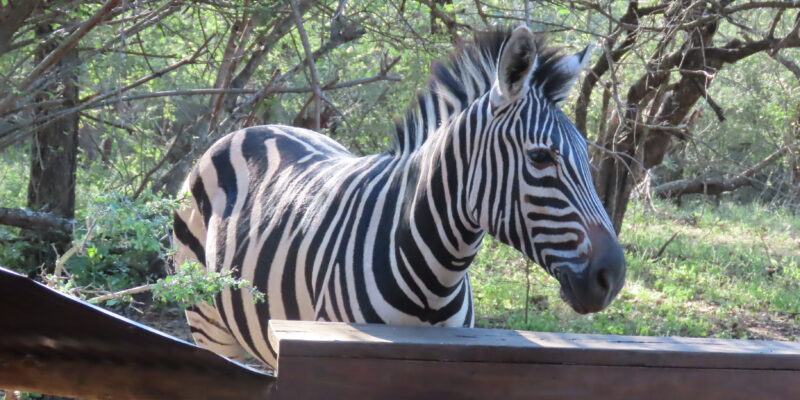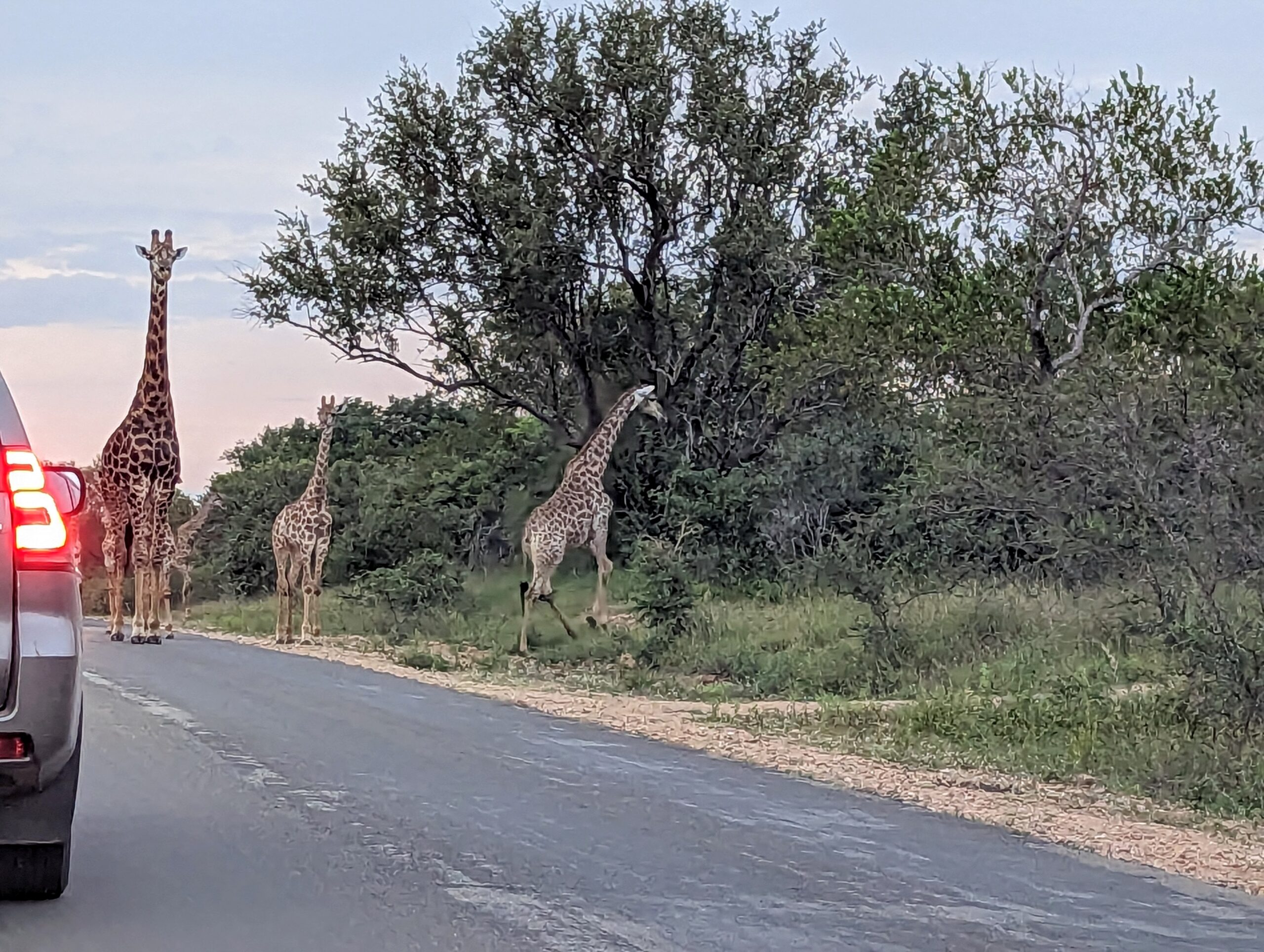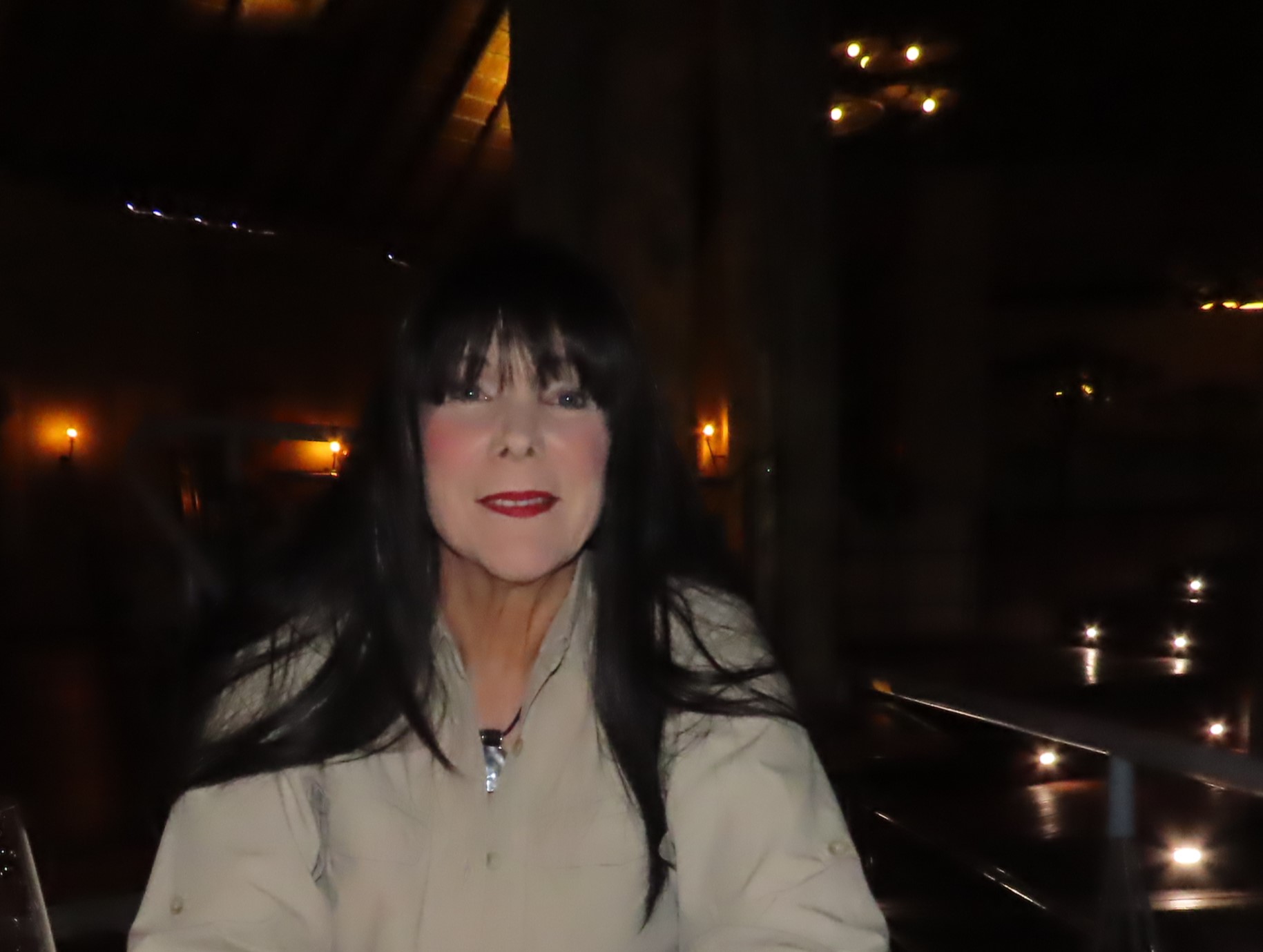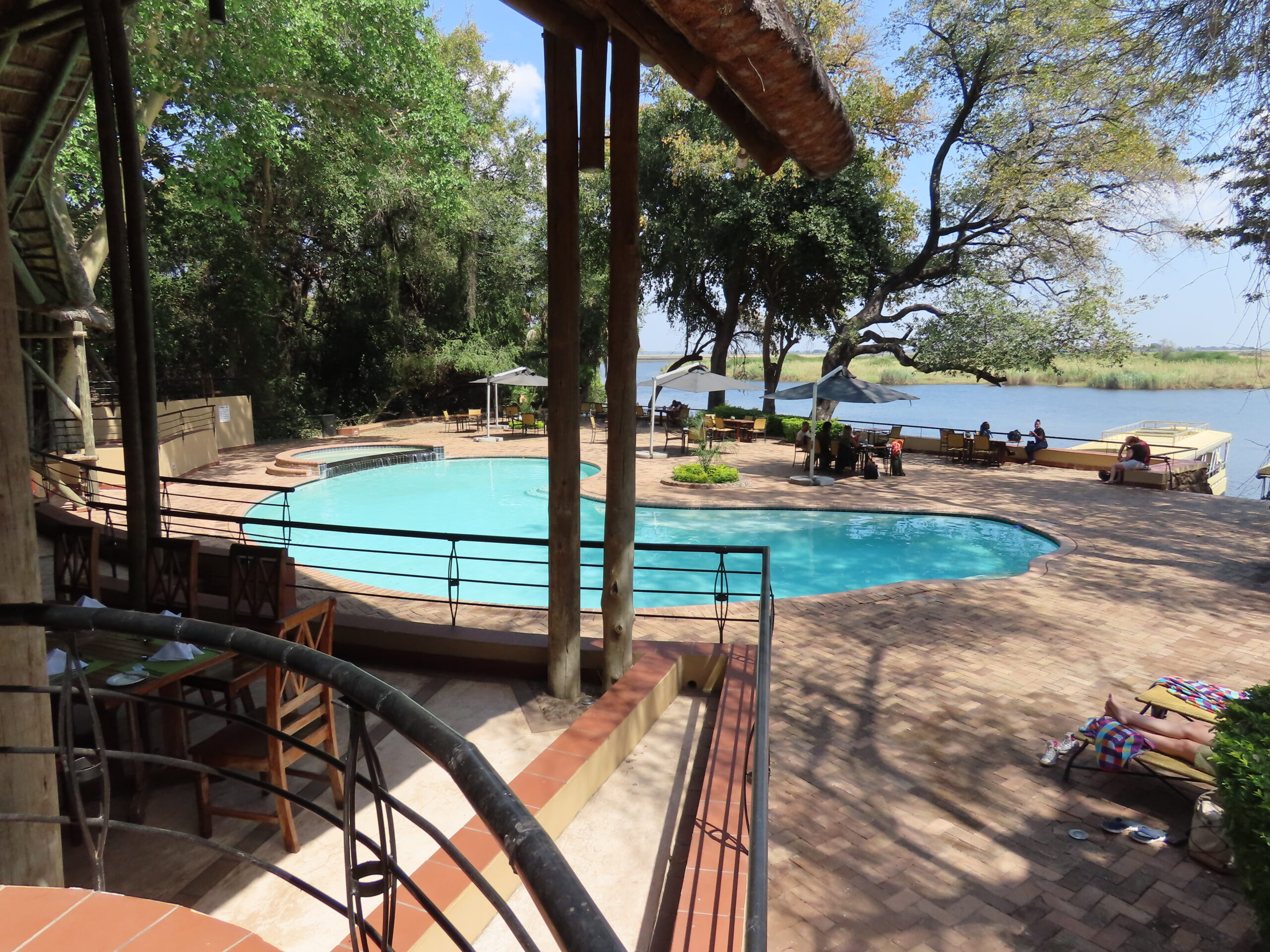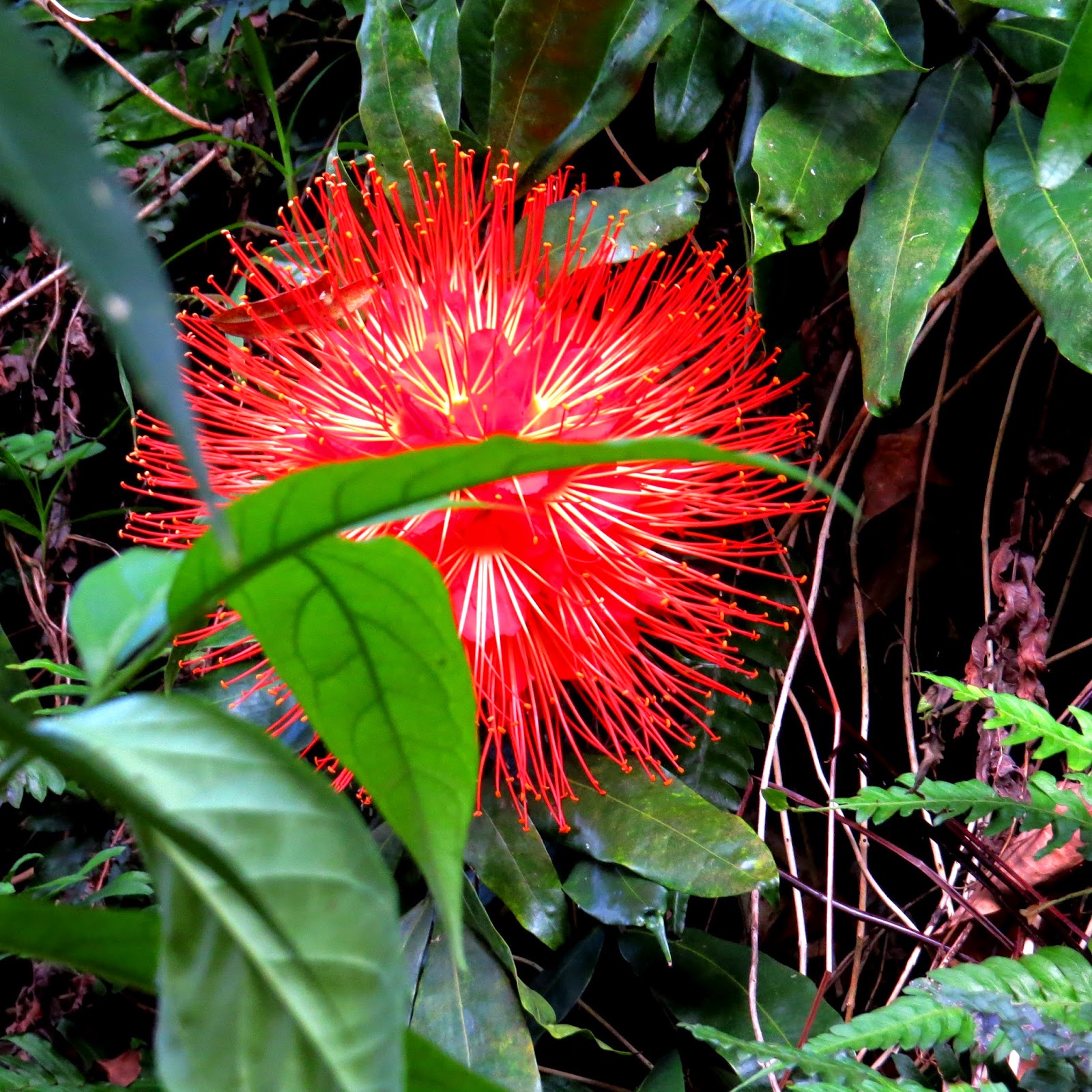  |
| This exquisite bloom was the size of a soccer ball. |
Traveling for extended periods always raises concerns over medical issues for world travelers. Notably, seniors and those with existing health conditions, regardless of age, have asked themselves if traveling for months or years makes sense when at any time, especially in remote locations, a flare-up of any underlying condition or injury can elicit worry, concern over a life-altering illness, or even death, let alone panic in some situations.
Today’s 2000 word post entitled “Medical Issues for World Travelers” will include suggestions on how we’ve managed such circumstances as world travelers for the past eight years. Below are the most commonly asked questions when discussing medical issues for world travelers for those considering long-term world travel:
- How will I receive my prescription refills and also, for some, “store insulin and other medications that require refrigeration?”
- What do I do if I run out of medication while traveling?
- How will I be able to receive my necessary prescriptions?
- What immunizations/vaccines will I need to travel the world?
- How do I handle everyday aches, pains, injuries, and illnesses that may have prompted me to visit my doctor in my old life?
- What do I do about dental care, colonoscopies, mammograms, and other recurring medical tests?
- What shall I do for medical travel insurance?
- How often should I seek a physical exam if my health is good and I’m feeling well?
- What do I do if a severe illness or injury occurs while I’m traveling? Do I return to my home country for surgery or treatment?
- How will I handle my protection in avoiding contracting COVID-19 and other such viruses that may be or become prevalent while I’m traveling?
During our past years of world travel, each of the above questions has been at the forefront of our minds at one point or another. As time passes, some of our suggestions and solutions for our situations may change as more and more travelers consider long-term travel once COVID-19 is under control. Today, following in the above questions as highlighted headings below, we will address each of these questions.
Regardless of our past experiences and observations, it’s imperative to discuss your health conditions or potential age-related conditions with your physician and medical professionals before embarking on any trip, if for a week, a month, a year, or longer.
We also suggest you assign a family member or close friend as your medical advocate if you as an individual or a couple are in an accident that may leave you unable to manage your care during severe medical treatment and recovery. It makes sense for couples to go quickly accessible notes on a smartphone with any medical particulars that may be crucial in their partner’s care (such as allergies, medications, conditions, etc.).
It’s surprising how often a spouse, companion, or partner may be oblivious to the health issues of their traveling companion. This may be one of the most critical medical issues of world travelers. So, let’s start working our way through the above ten questions. If, at any time, you have questions on topics we haven’t covered, please feel free to comment at the end of any post. You may do so anonymously if you’d prefer. Here we go:
How will I receive my prescription refills and also, for some, “store insulin and other medications that require refrigeration?”
One of the most frequent medical issues for world travelers is carrying sufficient supplies of necessary prescription medications and getting prescriptions refilled in other countries. Of course, the ideal scenario is to determine how long you’ll be gone and carry all of those prescriptions with you in a secure carry-on bag with copies of the prescriptions from your doctor.
Unfortunately, many travelers’ health plans do not allow a prescription for longer than three months. When we first left the US, the workaround that we chose was to pay for the drugs ourselves without claiming our insurance. We’d asked our doctor to write the three non-narcotic prescriptions for one year each. We’d even be able to negotiate the costs of my three prescriptions from a few pharmacies, who were happy to give us a year’s supply at negotiated rates.
As it turned out, our cost of the prescriptions was compared to the co-pays we’d have paid for the medications using our health plan. However, even if it had required more money out of pocket, we’d been willing to pay considering the convenience. If you plan to return to your home country to visit once a year, you can repeat the same process. Since we didn’t return to the US more frequently than once every two years, we developed another plan.
At the beginning of our travels, while in Belize, we met a couple, and the wife suggested we contact ProgressiveRX, a company we’ve worked with these past eight years, except for those times, we could purchase my medication at a pharmacy without a prescription, which is possible in many countries. For example, in India, where many US medications are manufactured, we don’t need a prescription for any non-narcotic drugs, none of which we use. One needs to write down their medication, dose, and quantity they’d like to receive for most prescription medications. This information is available online.
As for storing medications that require refrigeration, carry a stable cooler block and a small cooler bag to keep the medicine cold during long flights. Since most hotels and holiday homes include a refrigerator, it shouldn’t be a problem. We have what we call a carry-on “pill bag,” which contains copies of original or recent prescriptions and pills in their original packaging, which we don’t let out of our sight. It’s imperative, regardless of the medication, not to leave them in your checked baggage.
What do I do if I run out of medication while traveling?
First off, if you plan, you can avoid this situation while on longer trips by ensuring you have an adequate supply of medications you’ll need, including a few weeks of extra doses in the event of unforeseen delays. If you’re traveling for years instead of weeks or months, you must decide how to renew your prescriptions when most countries requiring medications do not allow you to use your home country physician’s prescriptions. It’s important to check this information in advance of traveling.
In the worst-case scenario, which we’ve accepted as a part of our travel responsibilities, is to make an appointment with a local doctor, bring along your existing prescriptions and containers, and ask the doctor to write new prescriptions for you for at least six months, a year if possible. Doing so is not as inconvenient as you may think.
Ask your landlord or hotel staff for the name and number of a local clinic to arrange your appointment and subsequent filling of your new prescription. Keep in mind, in many countries; prescription drugs are named differently than in your home country. Sure, this becomes a part of medical Issues for world travelers but doesn’t usually require more than a few hours of your time.
If you are on a cruise ship (hopefully possible again in the future), the ship’s doctor generally has the most common medications on hand. However, the cost to see them can be expensive. Being prepared before embarking on a cruise is imperative.
How will I be able to receive my necessary prescriptions?
Using such prescription services as ProgressiveRX may end up taking months to receive in regular mail. If you are staying in one location for many months, this may be possible. Also, depending on mail services available in some countries, you can request expedited service for an additional fee. This may be the case for most online pharmacies willing to use an old prescription as proof. In no case will narcotic drugs be mailed in any country?
For those with chronic pain issues, traveling long term may be a part of substantial medical Issues for world travelers. The only way you’d be able to receive such medications would be from a visit to a hospital, urgent care facility, or a doctor with you providing accompanying paperwork from your home physician describing your condition in detail and your need for narcotic medication. Since we don’t use pain medications other than those over-the-counter, that’s our best suggestion.
What immunizations/vaccines will I need to travel the world?
One of the many concerns over medical issues for world travelers is the necessity of immunizations before embarking on a journey that will include countries where certain diseases are rampant. Most medical clinics or groups have a travel clinic you can visit. It’s imperative to bring a list of the countries you’ll be visiting, illnesses, medications, allergies, and previous vaccinations to your first appointment.
From there, a nurse practitioner along with a doctor will determine what immunizations are recommended for your upcoming travel. We arranged for this appointment a few months before we left to ensure ample time for any necessary spacing of the vaccinations. In all, we each had about 15 immunizations in total. I won’t mention them here because your locations and personal health may be entirely different from ours. Also, we planned to be gone for years, not months, so we needed additional inoculations.
The travel clinic will know exactly what you need, but it’s your final decision as to which, if any, you are willing to accept. We accepted all recommendations. While in South Africa in 2018, we presented our immunization record to our local Dr. Theo, and we had boosters as needed. Our only reactions were from the yellow fever vaccine, leaving me feeling flu-ish for a few hours and Tom, lightly, over a weekend.
It is during this appointment. You may choose to get prescriptions for malaria pills. There are two types of these. The more expensive have fewer side effects. See your doctor for recommendations.
How do I handle everyday aches, pains, injuries, and illnesses that may have prompted me to visit my doctor in my old life?
Another primary concern over medical issues for world travelers is those who may have visited their family practitioner regularly, often monthly, for blood tests, exams, medications, and treatment protocols. If this process has been prevalent in your care, long-term travel may not be ideal for you. Perhaps, shorter trips would be more appropriate.
We’ve had flu, bad coughs, and viruses throughout this period, but we managed on our own in most cases. Otherwise, we have learned to self-treat minor injuries, aches, and pains with ice and hot packs and over-the-counter medication. This may not be appropriate for many travelers, requiring visits to local doctors. I’ve had a few injuries become infected. In those cases, we sought medical care.
What do I do about dental care, colonoscopies, mammograms, and other recurring medical tests?
Before we left the US, we had many medical tests to ensure we were good to go. Once we started traveling, it was almost 2½ years before either of us made an appointment for a check-up and blood test. Contrary to most medical advice, we decided to forgo colonoscopies instead, conducting the home fecal monitoring tests checked by a lab. I haven’t had a mammogram since we left, but I do self-exams regularly.
As for dental appointments, we each had our teeth cleaned every six months in our old lives. Now, we’re lucky to have this done every two years. Not every country is suitable for dental appointments. Of course, generally, dental care would be necessary in case of an infection or abscess.
Based on having had emergency major open-heart surgery in South Africa in February 2019, dental care was ill-advised 12 months after the surgery. Once we return to South Africa, we will visit our favorite dentist in Komatipoort for cleaning and other dental care as needed.
While we were in Minnesota in November 2019, I visited a highly regarded cardiac facility to be checked after heart surgery. It was recommended I return next time we visit the US, which I’ll surely do. Of course, if any heart-related issues presented, I’d immediately seek appropriate medical care.
What shall I do for medical travel insurance?
Overall, the most frequent question regarding medical issues for world travelers is travel insurance. We have written dozens of posts on this topic which can easily be accessed by typing “travel insurance” in our search field on our home page. For purposes here today, I’ll briefly review our experiences.
When we began our world travels, we signed up with a worldwide travel insurance company, Healthcare International, based in London. As typically the case, worldwide travel insurance doesn’t cover travelers in their home country unless they are willing to pay a much higher rate.
We had opted out of Medicare Part B since it nor its supplemental policies at the time covered medical issues for world travelers like us. There was no point in paying for Medicare Part B or a supplement, as much as several hundred dollars more each month, to cover us outside the US or even while in the US, when we were visiting for such short periods if we needed medical care. At the same time, in the US, which we have paid out of pocket on a few occasions.
We paid US $4000, INR 291,844, per year for the policy and never claimed until in February 2019 while in South Africa, I had to have emergency triple coronary bypass surgery. To make a long story short, the insurance company refused to pay, and we had no choice but to pay out-of-pocket for the expensive four surgeries, including three weeks in the hospital, that was ultimately necessary.
They claimed I had a preexisting condition. I had no idea I had heart disease. But to force them to pay would have required years of legal expenses and time, with the possibility of losing the case. We had no desire to make our lives all about a lawsuit, especially if we could lose the case.
From there, we researched online for a US company. We found UnitedHealthcareGlobal with no pre-existing conditions policy other than no effective medical treatment in the past six months. We qualified by the time we purchased the policy. There are more nuances of the policy, but I won’t get into that here. Click this link for more details. (Due to COVID-19, one must call for a quote, but recently, from here in India, we were able to renew our policy without a problem.
Since we travel full time, our needs are different from short-term travel policies. Also, now as time has passed, there are supplemental travel policies available to US citizens, but not applicable to us since we don’t have Medicare other than Part A.
Often, your travel agency, cruise company, or other travel-related businesses offer short-term travel policies. In light of COVID-19, we encourage you to do your research for such policies for short-term travel. Plus, many of the travel business policies are more expensive than you may find on your own.
How often should I seek a physical exam if my health is good and I’m feeling well?
It is essential to discuss your medical issues for world travelers with your physician before embarking on a year’s long journey. Based on your current conditions, or lack thereof, they will recommend how often you should arrange a check-up from a qualified medical professional in the countries you will be visiting. Also, they may suggest tests that are important for your state of health.
For us, every few years has prompted us to have a basic exam. It was only in South Africa that I had jaw pain precipitating an additional visit to Dr. Theo, whom we had already seen for exams and vaccination boosters, which under normal circumstances would never have predicted my cardiovascular issues when I had a normal EKG and heart sounds during the actual exam.
It was months later that I visited Dr. Theo, who suggested I had an exercise stress test when I was experiencing weird jaw pain. If he hadn’t done that test on me, I might not be here today to tell the story. His determination sent me to a cardiologist and thoracic surgeon only days later for immediate open-heart surgery. We are so grateful to him for “catching this.”
What do I do if a severe illness or injury occurs while I’m traveling? Do I return to my home country for surgery or treatment?
This is a common concern and medical issue for world travelers. I suppose my case was a perfect example. There was no time for me to return to the US for emergency surgery, nor would it have been safe to fly back to the US in my dire condition.
Also, if we returned to the US, the cost of the four procedures would have been around US $1,000,000, INR 72,961,200. Medicare would only have paid a portion, and we’d have been left with much more out-of-pocket expense than the entire bill we’ve had to pay in South Africa. In the end, it all worked out for the best.
However, many less severe conditions can make a traveler worried and stressed as to appropriate action for a travel-related illness or injury, not requiring urgent medical care that may be available by quality professionals in some, not all countries. One must assess the situation carefully and determine the safety of treatment in their current condition.
If anyone had asked me if I could have recovered from open-heart surgery and three other procedures, for three months in a holiday home in the bush in South Africa with no air-con in the living areas with temperatures in the 104F, 40C range, day after day, I would have said absolutely “NO!!!” But, with Tom’s attentive and loving care, we made it through. One never knows their strength and resiliency until faced with situations beyond their control. I wasn’t allowed to travel for three months and could not have returned to the US to recover.
How will I handle my protection in avoiding contracting COVID-19 and other such viruses that may be or become prevalent while I’m traveling?
There are substantial medical issues for world travelers in today’s world is COVID-19. What do I do if I become infected while traveling? Based on the infectious nature of COVID-19, returning to one’s home country would be impossible and risky for others if somehow you managed to get through the priority checking procedures at most airports.
If one becomes infected, it is imperative to immediately arrange for a test to confirm infection and to contact the local health authorities for contact tracing if you are indeed positive. If you are only a carrier without very mild symptoms, you will be required to quarantine for a definite period, most often for two weeks. At that point, you’ll be advised as to treatment based on the severity of your symptoms.
Some countries may require quarantine at a specific location. However, most will allow quarantine to transpire at a holiday home or hotel, never leaving the facility during the critical period. If symptoms are escalating, a hospital or urgent care visit may be necessary. The local health authorities will advise you in either case.
It’s essential to notify the property manager so the holiday home can be properly sanitized after you leave if leaving immediately after the quarantine ends. Stay for an additional, extended period. It may be possible for you to sanitize the location upon full recovery since the virus only lives so long after the infection has ended.
Here again, investigate this with the health authorities and the property owner. Hotels do this cleaning after quarantined parties can vacate. We see the special cleaners in the corridors every day, although we aren’t aware of any cases in this hotel. But, it would be best if you let them know once you discover you are infected so they can commence proper protection for their staff and other guests.
Taking a test after recovery is equally important to ensure you are no longer infectious. In some cases, a positive test may be present more extended than the two weeks. Also, wearing an appropriate face mask, social distancing, and washing hands frequently always remain reasonable safety measures.
In conclusion, regarding medical issues for world travelers…
It would be possible to write an entire book on this topic. I have well surpassed the 2000 word requirement at well over 3500 words. In each case, we suggest you contact your doctor(s), your pharmacist, and a family member as an advocate before embarking on a years-long world journey.
Even those in the seemingly best health may fall prey to a severe and often life-threatening condition while traveling, especially those in later years. No one is exempt from such issues, regardless of excellent health at the beginning of their travels.
Of course, I am living a healthful life while traveling. Although no guarantee of avoidance of medical issues for world travelers, it certainly is an essential adjunct in predictive outcome in many cases.
Avoiding worry and concern is undoubtedly an essential aspect of enjoying world travel. Being educated on all of these topics, carrying appropriate medical information for health and prescriptions, and researching medical care in each country before visiting can play a vital role in ensuring a safe outcome in the event of an unforeseen injury or illness while traveling.
Be well.
Photo from one year ago today, October 13, 2019:
  |
| In Shirenewton, Chepstow, Wales, the holiday property we rented is The Studio, but it is more significant than a studio apartment. The main floor consists of a living room, kitchen, dining area, and bathroom. The master bedroom is upstairs on a mezzanine level, a small loft room with a futon bed. For more photos, please click here. |

